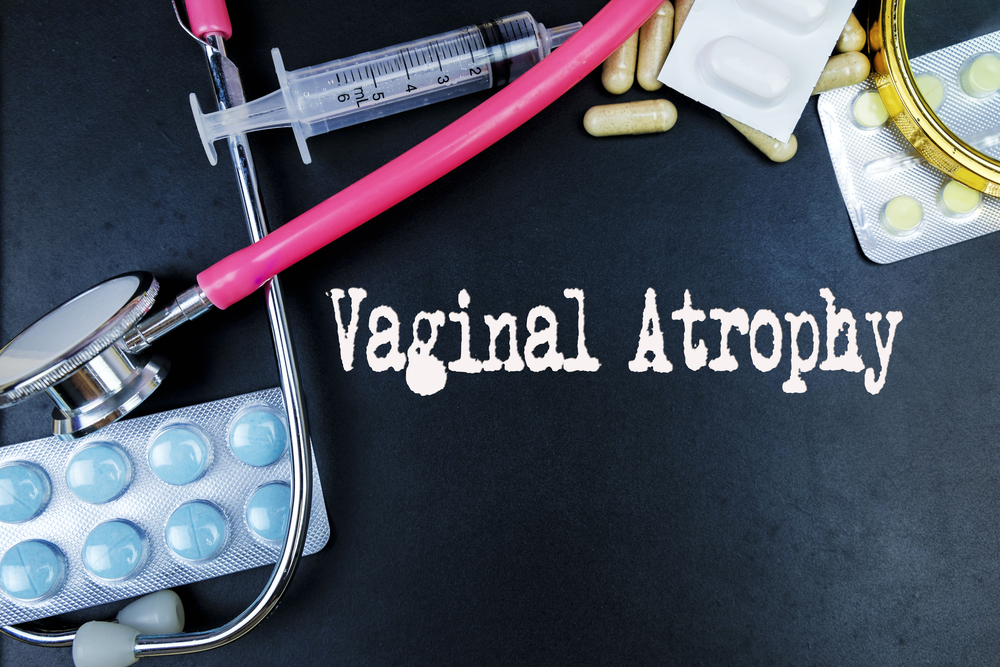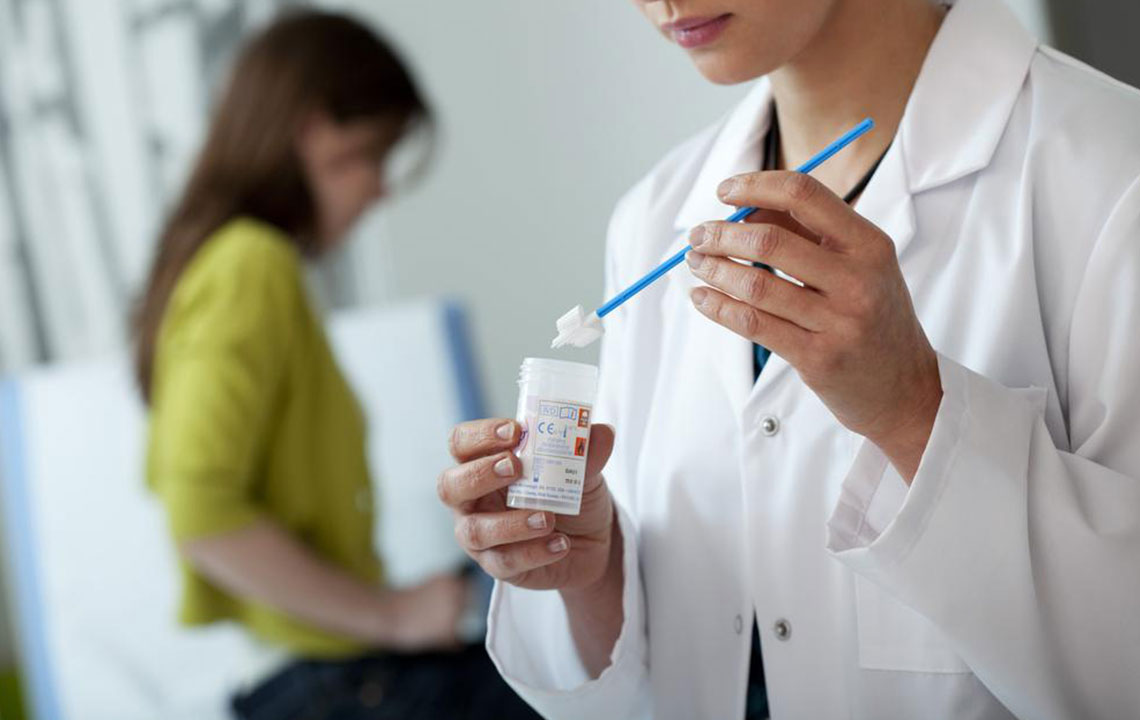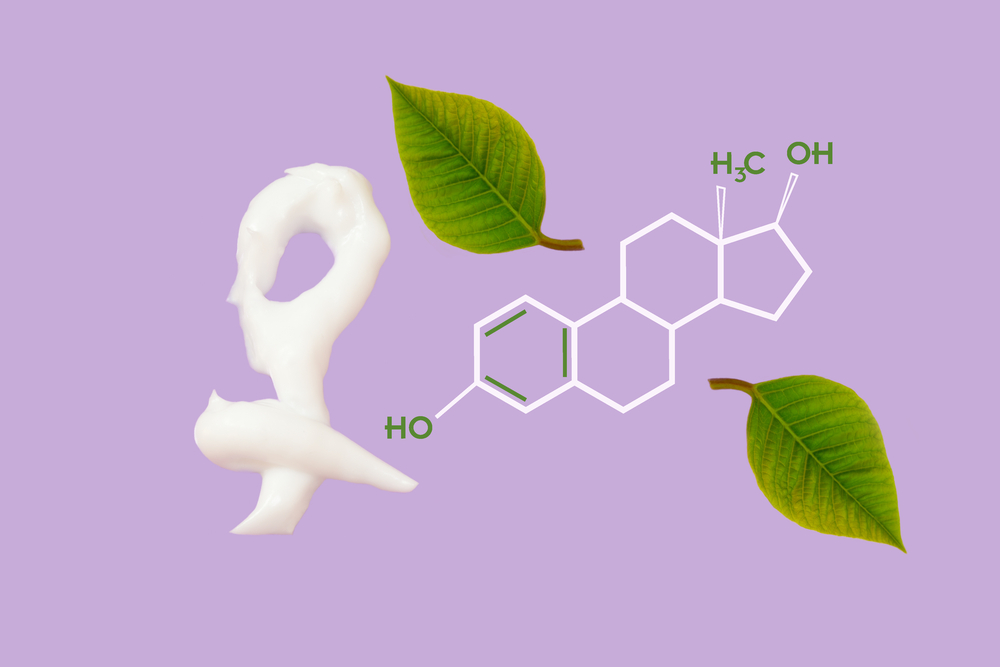Understanding and Managing Vaginal Atrophy
Vaginal atrophy, primarily affecting menopausal women, causes tissue thinning, dryness, and urinary issues. Although a complete cure isn't available, treatments like estrogen creams, moisturizers, and lubricants effectively reduce discomfort. Regular sexual activity and avoiding risk factors such as smoking can enhance vaginal health and alleviate symptoms, improving quality of life for affected women.

Understanding and Managing Vaginal Atrophy
Overview of Vaginal Atrophy and Treatment Options
Vaginal atrophy is a common condition associated with aging, particularly around menopause, but it can also affect women outside this age range. It results primarily from declining estrogen levels, which impact the health of vaginal tissues. Estrogen persists in the body beyond menopause, but its reduced levels lead to thinning and decreased elasticity of the vaginal walls, causing discomfort and dryness.
This condition often causes narrowing of the vaginal canal and dryness. Accompanying urinary symptoms can include burning, incontinence, and infections. These symptoms are encompassed under the broader term Genitourinary Syndrome of Menopause (GSM).
Vaginal atrophy primarily affects postmenopausal women but can occur at any age due to hormonal changes. The condition leads to thinning of the vaginal walls and decreased secretions, resulting in dryness and discomfort. Symptoms include vaginal dryness, burning, itching, painful intercourse, and bleeding. Urinary symptoms like burning sensation during urination and infections are also common. Risk factors include smoking and lack of sexual activity, which can accelerate tissue deterioration. Diagnosis involves physical exams and tests for vaginal acidity. While there’s no complete cure, treatments like topical estrogen creams, moisturizers, and lubricants can alleviate symptoms. Regular sexual activity helps maintain vaginal health, and avoiding smoking can reduce risks.
Summary: Vaginal atrophy, often linked to aging and hormonal shifts, causes discomfort, dryness, and urinary issues. While no absolute cure exists, various treatments like estrogen creams and moisturizers can help manage symptoms. Maintaining a healthy lifestyle and regular sexual activity can also support vaginal health.










